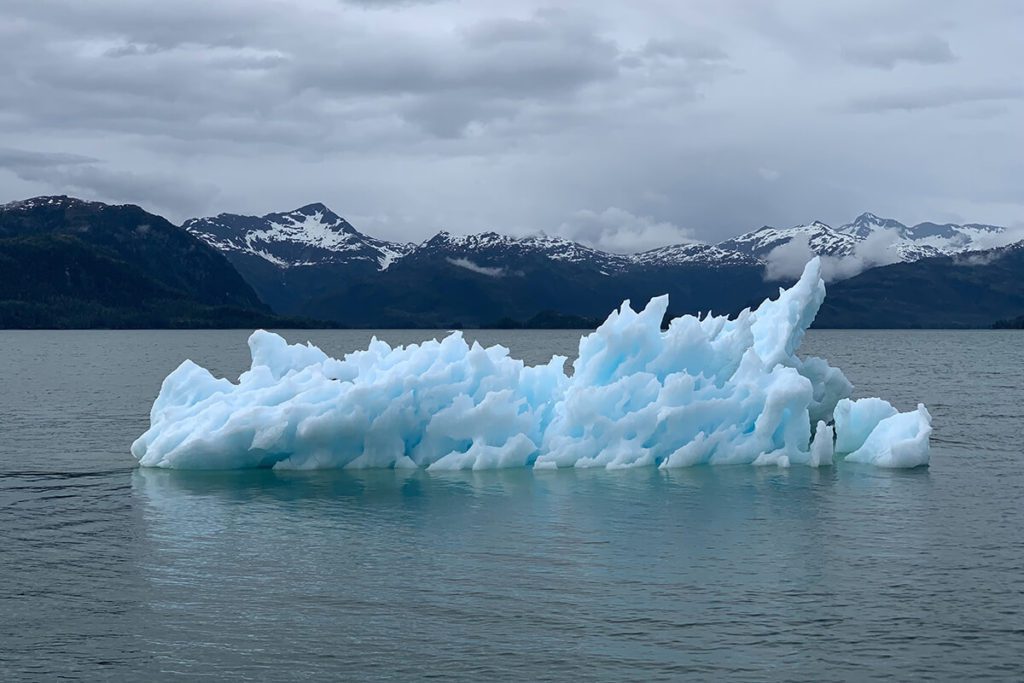Energy Sources
The challenges
The biggest single cause of the climate problem is our burning of fossil fuels. We burn oil, coal, and gas to keep ourselves comfortably warm and cool, provide heat to cook with, create electricity to power factories, lights, computers and all manner of machines- not to mention to transport people and objects from A to B.
We act like we can’t live without them, even though they’re costing us the earth, in more ways than one: they’re expensive, environmentally destructive, and toxic to human health.
It’s 2021. We have the technology to forgo fossil fuels completely, but to tip the economic scales in favour of renewable energy, we need governments to incentivise it; and fast.
The facts
Almost 90% of harmful CO2 emissions come from fossil fuels and industry.
The Intergovernmental Panel on Climate Change (IPCC) has found that emissions from fossil fuels are the dominant cause of global warming. Here you can compare those emissions with their renewable alternatives:
In less than 80 minutes the sun provides enough energy to power all human activity for one year.
In a year, the sun could power the world almost 7000 times over, and finally we have the technology to really harness and rely on it- gone are the days when solar power was only useful on the brightest of sunny days. When you then take into account the boundless amounts of wind and hydropower we have all around us, the renewables issue is more than a no-brainer. The one big battle we have to fight is making it more appealing to financial markets than the unsustainable alternatives of coal, oil, nuclear and gas.
It’s the dirtiest, most polluting source of energy of all, yet around a third of global electricity still comes from coal; in fact, it reached an all time high in 2019.
Despite their climate change commitments, many governments and countries still back coal mostly due to its low price, and the main culprit by far is China- followed by India and the United States. When burned, it releases more carbon dioxide than oil or gas, as well as highly toxic mercury and arsenic, and particles of soot which pollute the air we breathe.
Oil still powers 97% of UK transport in 2021. Not only does this pollute the air we breathe and add CO2 to the atmosphere, it also poses a direct environmental hazard at the site of extraction.
Major oil spills pollute coastlines for decades, and smaller leaks gush from active pipelines almost every day. These spills poison both land and water supplies, and pose a health risk to people who live near them.
Nuclear power is expensive, hazardous and slow to build.
It is often referred to as clean energy because it doesn’t produce greenhouse gases when electricity is generated, but the reality is, it isn’t good enough any more. We don’t have time to waste on lengthy, costly options like nuclear- as an example, one existing nuclear reactor in Finland is running 11 years behind schedule. As another, the UK’s Hinkley Point C reactor is projected to cost over £25 billion by the time it’s finished, leading it to be dubbed “the most expensive object on Earth”. You could argue that the only reason it’s lauded over renewable energy sources is because it’s an easier way to make a big profit.
Fossil fuels destroy our health- and our children’s, too.
When fossil fuels combust, gases such as nitrogen oxide fill the air and tiny particles work their way deep into our lungs causing respiratory problems, heart disease and shortened life expectancy. The head of the WHO called air pollution “the new tobacco”, although he noted that at least you can move away from cigarette smoke.
Nearly half of all UK vehicles run on diesel, the result being illegal levels of NO2 pollution in most of our urban areas, which causes stunted lung development in our children.
The UK has some of the world’s best sources of renewable energy.
Our islands, with their wild weather conditions are full to the brim of natural kinetic energy that is cheap, clean and easy to convert into electricity. The technology we have now means that solar and wind energy can be stored and used even on cloudy, still days.
There is a golden opportunity for the UK to spearhead innovation in energy production, creating jobs and driving down costs even more– wind power already costs far less than nuclear. The price of offshore wind halved in just two years between 2015 and 2017.
But the shift still isn’t happening. Government cuts to support for solar power has led to many less solar panels being installed, and continued political and financial backing for fossil fuels and nuclear power is slamming the brakes on the renewables revolution.
Even today, renewables are only used for a shameful 5% of the world’s energy. Cumulatively, fossil fuels still account for around 80%.
The solution
Pressure in great numbers is needed to tilt the heavily weighted scales of the economy away from fossil fuels. Governments of developed countries need to subsidise these ground-breaking technologies to allow them to get a real foothold in the market, and support less developed economies around the world in making that transition too. Once that critical point is reached, we’re on the road to a bright future… The good news is, change is starting to happen, but we need one huge, concerted effort to set renewables on the roll the planet needs.
UK Government: No more oil and gas
Boris Johnson just gave the go-ahead to new oil and gas licences in the North Sea. But, as the UK prepares to host key global climate talks this year, Boris Johnson said that we would “lead the way” fighting climate change.
This isn’t climate leadership. Instead of propping up the oil industry, the government should support North Sea rig workers to work in renewable energy and create green energy for everyone in the UK.


